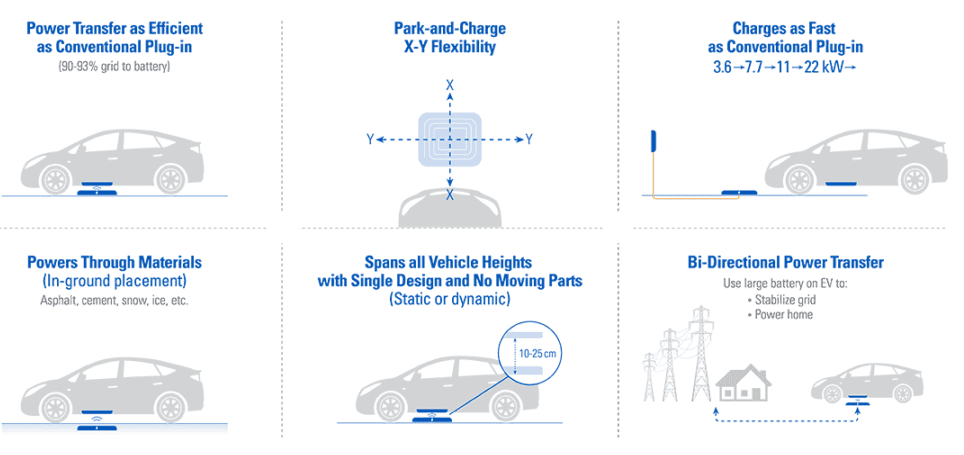astricklin
Well-known member
It's going to take advances in battery storage capacity and motor efficiency to bring about these things. Only then will the pricing be anywhere near reasonable to transition from ice for long range towing.It is refreshing to see that Ford isn’t simply going to throw more batteries on trucks to try and improve range and focus on efficiency to help hit their targets. A lighter truck that doesn’t spin the electric meter for 20+ hours is certainly welcome. However its going to be a lot of squeezing to get more range out of a 6500 lb brick shaped truck at interstate speeds. I was pretty impressed with the 2.0 miles/kWh I can get, considering an aerodynamically slick 3500 lb Tesla Y only does about 3 miles/kWh at 75 mph.
I personally think Ford is dead wrong about not trying to compete with other brands 400+ mile EVs, and I think they’ll be very popular with retail customers if prices become more reasonable. Especially if people want to use their trucks to travel. Reason being is even the current ER Lightning isn’t even close to being a true 300 highway mile truck. At 2.0 miles/kWh it’s a 260 mile truck at interstate speeds, and if you are working the battery 80-10% at each stop, that’s 182 miles max between charging stops (if you could space them perfect, which of course you can’t). And that’s even before talking about weather conditions and battery aging that could lower that number further.
Run the same numbers with a 500 mile “EPA rated” range truck and you get about 280-290 between stops on the highway (still a comfortable 200 in cold weather) which I think would comfort many more ICE owners who are hesitant to switch.
The elephant in the room is customers who want to tow, and that is going to be where the 500+ rated mile EV market will thrive. Ford can make the Lightning as efficient/light/aerodynamic as possible but those advantages are nullified when you are pulling a boat or travel trailer down the interstate. The 36 gallon tank that people like to spec in the ICE F-150 isn’t so you can drive 700+ miles unloaded without taking a piss break, it’s so you can get 300 towing miles out of your truck with a few gallons of contingency fuel to spare. It’s going to take a truck with 200-300+ kWh to satisfy the demands of this section of the truck market, and probably some battery tech advances along the way as well.
Sponsored


